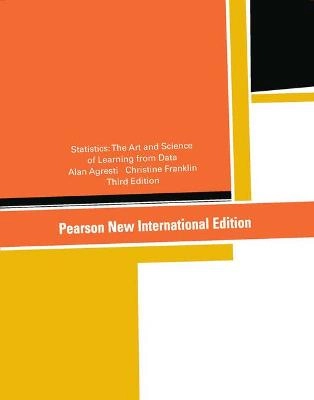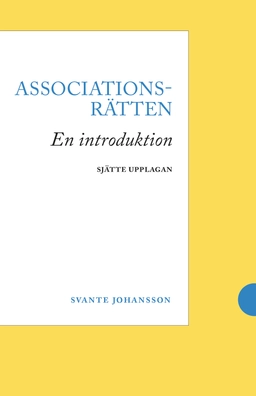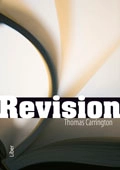

Statistics : the art and science of learning from dataUpplaga 3
- Upplaga: 3e upplagan
- Utgiven: 2014
- ISBN: 9781292021188
- Sidor: 812 st
- Förlag: Pearson Education
- Format: Bok
- Språk: Engelska
Om boken
Åtkomstkoder och digitalt tilläggsmaterial garanteras inte med begagnade böcker
Mer om Statistics : the art and science of learning from data (2014)
2014 släpptes boken Statistics : the art and science of learning from data skriven av Alan Agresti. Det är den 3e upplagan av kursboken. Den är skriven på engelska och består av 812 sidor. Förlaget bakom boken är Pearson Education.
Köp boken Statistics : the art and science of learning from data på Studentapan och spara pengar.
Referera till Statistics : the art and science of learning from data (Upplaga 3)
Harvard
Oxford
APA
Vancouver



















